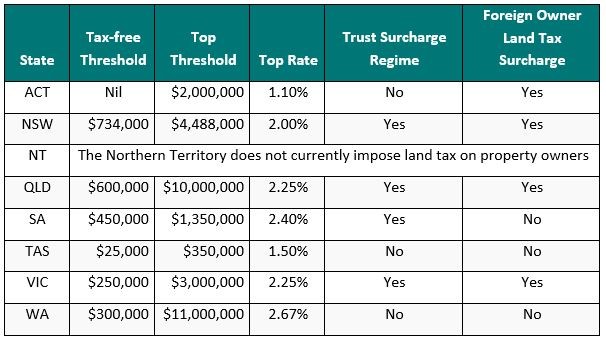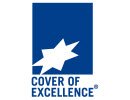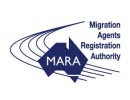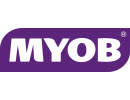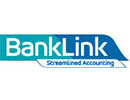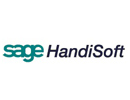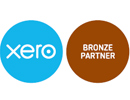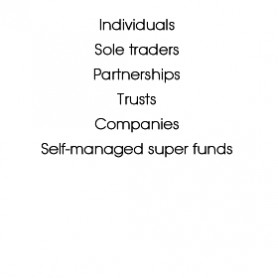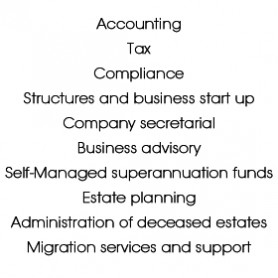Australian employers wanting to access the federal government’s JobMaker hiring credits can now register for the scheme via the Australian Taxation Office.
Announced in the October budget, and passed by parliament in November, the scheme involves wage subsidies for businesses that increase their headcounts by hiring young workers.
Businesses will be able to start claiming JobMaker hiring credits from February, but first need to register via the ATO’s website.
Under the JobMaker scheme, eligible employers can claim up to $200 per week for each additional employee they hire who is aged between 16 and 29, and up to $100 per week for additional workers aged between 30 and 35.
The credits can be claimed for employees hired between October 7, 2020, and October 6, 2021, with businesses able to claim a total of $10,400 over the 12 month period for each eligible employee aged between 16 and 29, and $5,200 for those aged 30 to 35.
To qualify for the scheme, the new employees must have been receiving a government payment such as JobSeeker, Youth Allowance or the Parenting Payment for at least two of the six fortnights prior to being hired in the role.
Employees must also work a minimum average of 20 hours per week during the JobMaker period in order for the business to receive the hiring credit.
The credits will be paid quarterly and the first payment period will open for claims on February 1, 2021.
Businesses will be able to claim for employees until October 6, 2021, except in cases where a business hires an additional employee on that date, in which case it will be able to make a claim for payment to October 6, 2022.
More information about the JobMaker hiring credit scheme is available from the ATO website here.
